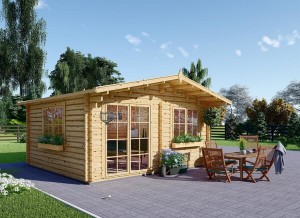For most people, October and November are the end of the growing season. Not so if you live in what we call a Mediterranean climate. What exactly is this climate, and what Mediterranean vegetables can you grow this time of year? We’re glad you asked, because we’ve got the answers!
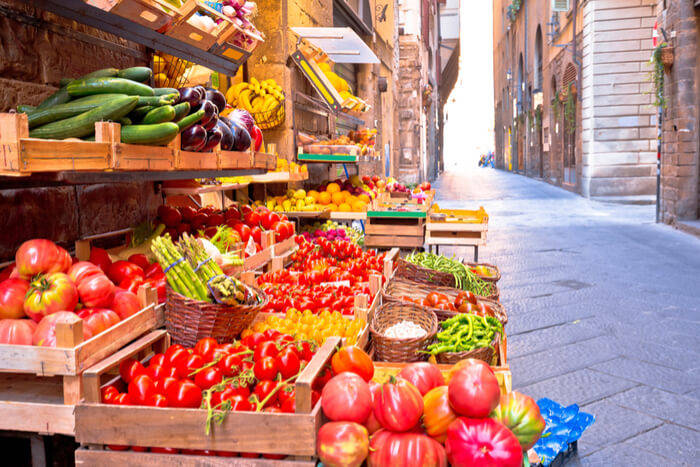
What is a Mediterranean Climate?
Climate is characterized by its weather patterns. Mediterranean climates have cool, rainy winters and hot, dry summers. The soil can be characterized as loamy/rocky. Loamy soil is great, but the rocky part isn’t so great. It means you might have a difficult time growing some of the more common plants.
Where are Some Examples?
Here are a few places that have a Mediterranean climate. This is not an exhaustive list, but it covers the larger regions.
- Turkey
- Morocco
- Greece
- Italy
- Spain
- Central Chile
- Western South Africa
- Western Australia
- California
What are Mediterranean Vegetables?
Here is a list of some of the most common vegetables to plant. We have divided them into leafy and root veggies. We also included sprouts to grow indoors and some perennials you can plant right now.
Leafy:
- Arugala
- Broccoli raab
- Miner’s lettuce
- Radicchio
- Chickweed
- Lamb’s lettuce
- Purslane
- Garden cress
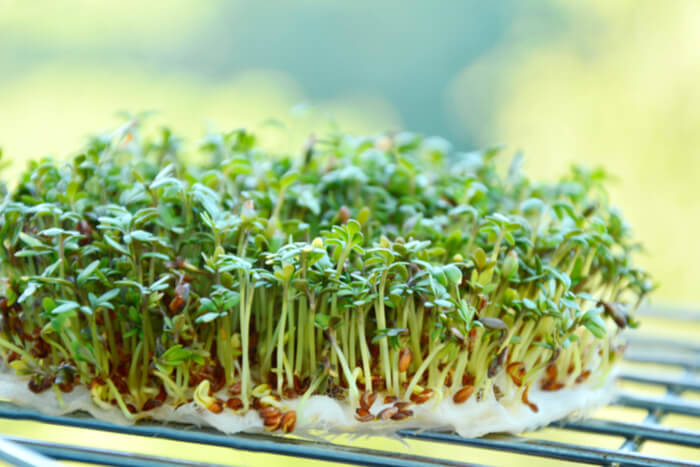
- Broccoli
- Cauliflower
- Cabbage
- Bok Choy
- Collard greens
- Kale
- Brussels sprouts
- Celery
- Swiss chard
- Chicory
Root:
- Parsley roots
- Celery roots
- Radishes
- Turnips
- Rutabagas
- Salsify
- Burdock
- Kohlrabi
- Jerusalem artichokes
- Beets
- Potatoes
- Parsnips
- Eggplant
- Carrots
Sprouts:
- Mung
- Pinto
- Soy
- Garbanzo
- Fava
- Azuki
- Brussles sprouts
- Lentils
- Alfalfa
- Clover
- Beets
- Barley
- Caraway
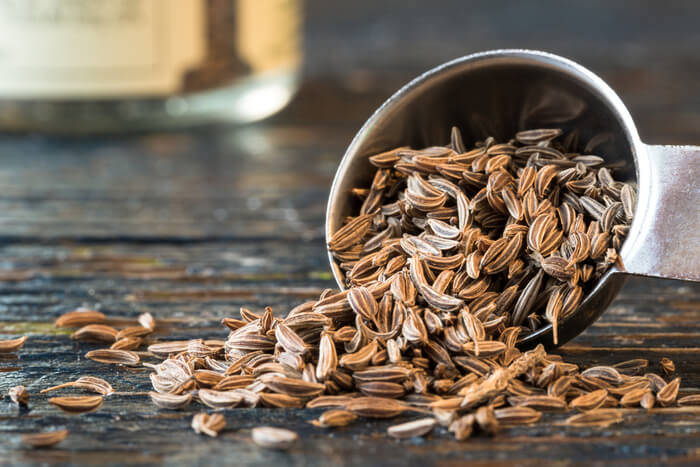
- Dill
- Pumpkin
- Peanut
- Flax
- Sunflower
- Fenugreek
Perennials:
- Artichoke
- Lemon balm
- Rhubarb
- Chayote
- Salad burnet
- Sorrel
- Currants
- Winter savory
- Gooseberries
- Florence fennel
- Fava beans
- Snap peas
- Garlic
- Shallots
- Green onions
- Chives
- Leeks
- Rocambole
- Dandelions
- Nettles
- Dock
- Bulbing onions
Note: You can grow some really flavorful fruits and nuts here. Pistachio, pomegranate, olives, and figs are just a few. Some citrus trees also thrive off the cooler, wetter winter as long as they get enough sunlight!
Tips to Grow a Successful Mediterranean Garden
#1: Plant in the Fall
You can begin planting your vegetable garden as early as September, and you can begin harvesting in early spring. Sprouts and herbs should be kept inside near a window in your climate.
#2: Plants to Avoid
There are a few different plants you should avoid at all costs in the winter. The first are herbs that love the sun. These go dormant in winter so they are a big no no. The second thing you should avoid are vegetables with no frost resistance. These will do better in the summer and include things like tomatoes, corn, and squash.
#3: Plant with Sun Exposure in Mind
Whatever vegetables you decide to grow in your Mediterranean garden, you must plant strategically. Check the packets or online to find out how much sunlight each of your plants needs. Veggies grown in the winter do vary quite a bit on sun exposure, so this is extremely important.

Before you plant, take some time to map out the areas of your yard that receive the right amount of sun exposure. If this is your first time creating a garden in a Mediterranean climate, we suggest you keep a journal. This way, you can figure out the patterns of the sun for next year.
Pro Tip: Plant as near to your wooden shed as possible.
#4: Container Gardens
One way to make sure your veggies are getting the right amount of sun and shade is using a container garden. This means you plant all of your leafy greens, root veggies, and perennials in pots. Containers make it much easier to keep up with the changes in sunlight. They also make it easier to move into the shade when necessary.
Plant vines so they can grow vertically. That means using a trellis, tomato cage, fence, or other prop. Place these shade givers in an area where they can protect shade loving vegetables! Don’t forget to leave enough space between crops.
Pro Tip: Hang sheets over sunlight vulnerable plants if you can’t move them around.
#5: Plant According to Water Requirements
Different Mediterranean veggies require different amounts of water. Over the winter, this can get confusing and you’re liable to over or underwater. If you have a smaller garden, writing it down could work. Just keep in mind the more varieties of veg you have the harder it gets to remember. That’s why we recommend planting in groups based on water needs, also known as hydrozoning.
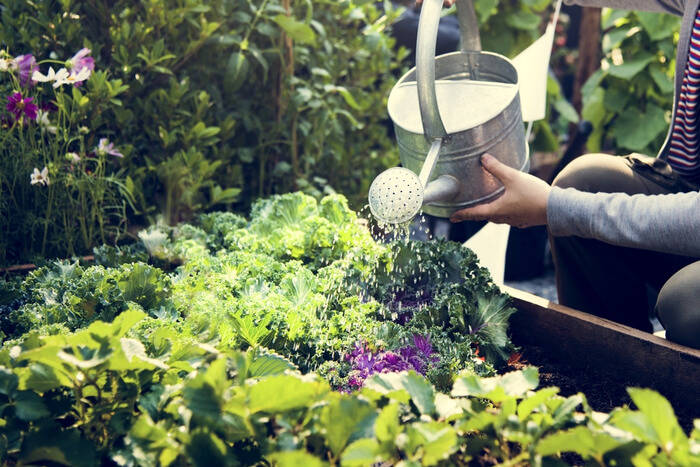
Here are some helpful tips to get started:
- Put veggies that need a lot of water in low-lying areas. Take care that the soil is well-draining, or even the most water loving plant will die.
- Use mulch and compost to reduce the need for water on low, medium, and high need plants. This will do double duty and help you keep weeds away!
- If you have a lawn, decide how much water you can reasonably use on a garden. Then, purchase your vegetables accordingly.
Pro Tip: Unfortunately, drought is common in Mediterranean climates. Consider switching out some of your high water drinkers with native vegetables.
#6: Amend Your Soil
The loamy part of your rocky-loamy soil is great. The rocky part, not so much! Couple that with the lack of nitrogen in Mediterranean soils, and amendment is looks like a good idea. All you have to do is put 3 to 4 inches of compost around your plants!
Pro Tip: If you notice the compost solidifying over the winter, add some water and rake it for aeration.




